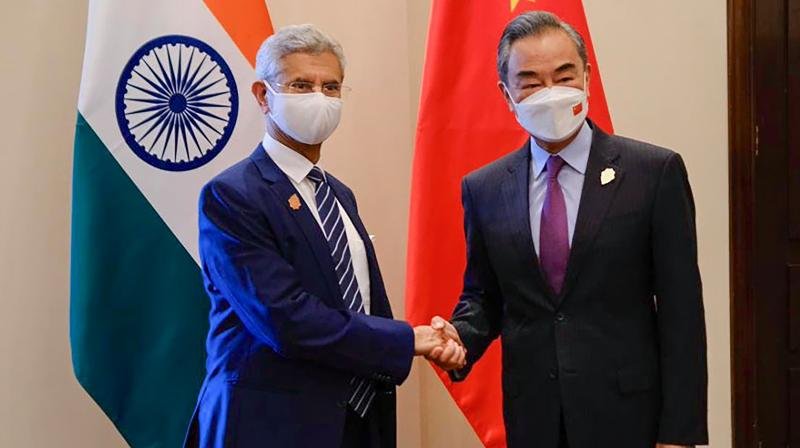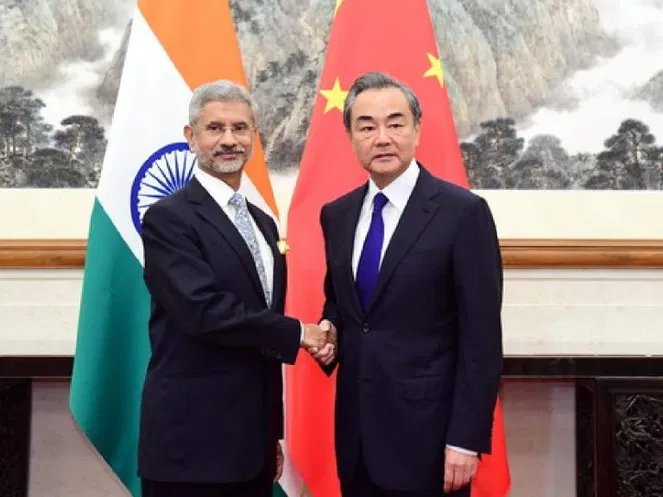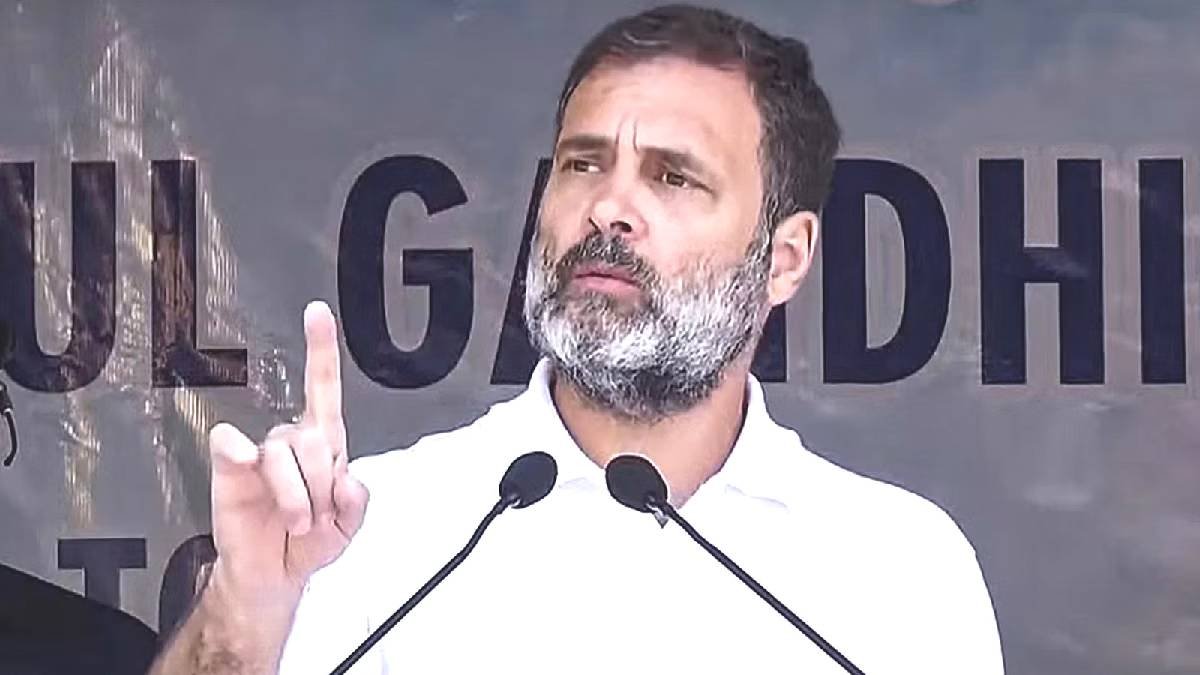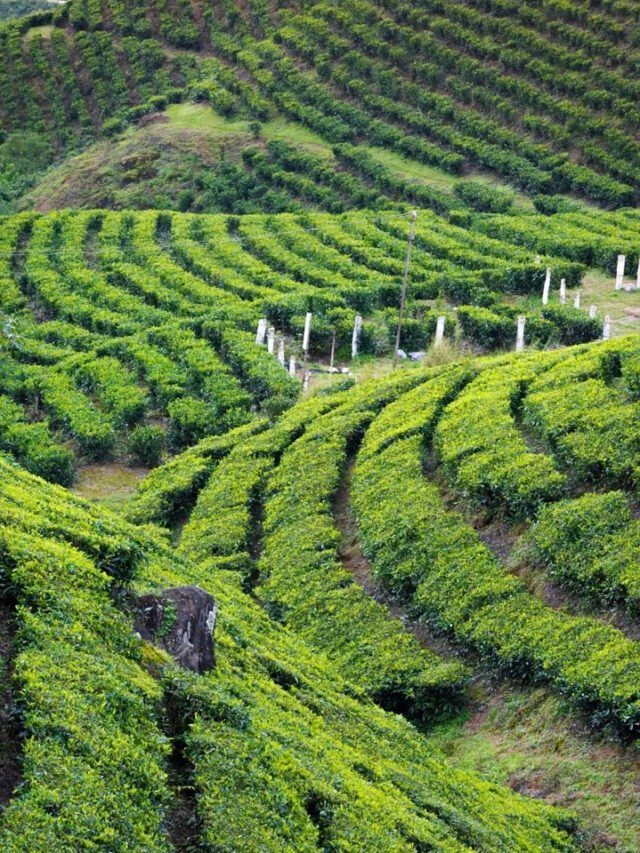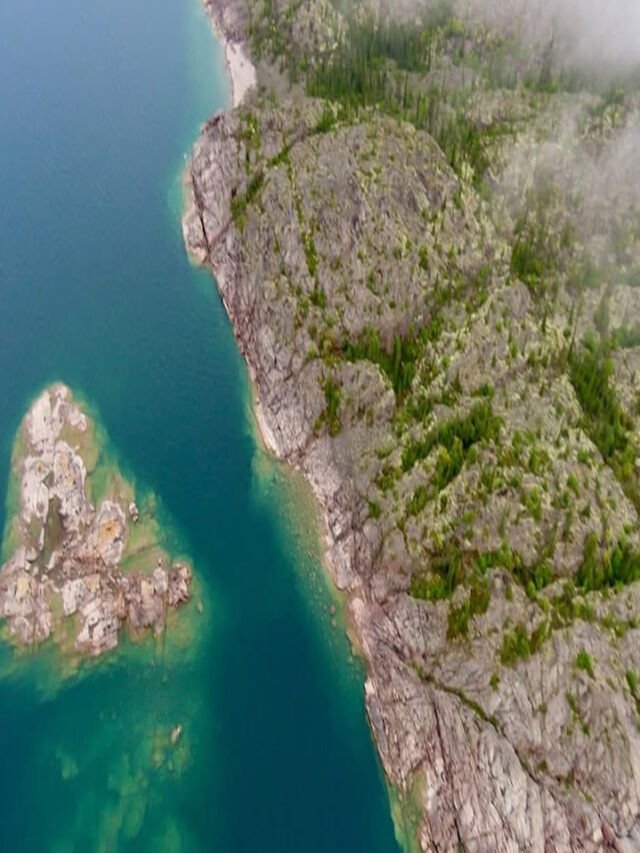NEW DELHI, Aug 7 (PTI): India has significantly enhanced border infrastructure along the Line of Actual Control with China in the last nine years that resulted in bolstering the country’s overall military preparedness to respond to any security challenge, external affairs minister S Jaishankar said on Monday.
In an interaction with a group of journalists, he said India and China made progress in five-six friction points in eastern Ladakh through talks in the last three years and efforts are underway to resolve the remaining issues.
Jaishankar said the Modi government’s commitment to securing borders and defending national interest is reflected in its strong push for boosting critical infrastructure along the northern frontier.
The Indian and Chinese troops are locked in an over three-year confrontation in certain friction points in eastern Ladakh even as the two sides completed disengagement from several areas following extensive diplomatic and military talks.
In remarks that appeared to be directed at the Congress for its criticism of the government’s handling of the border row, Jaishankar said making strong comments is not a sign of seriousness and what matters is practical action such as infrastructure push as it helped effective deployment of troops.
Those who neglected border infrastructure cannot claim they were concerned about the situation (with China), he said.
“In the past, (Chinese) troops would come in vehicles while our troops used mule tracks. Now, if we can deploy our troops in large numbers, one big reason is infrastructure. China had the first mover advantage, and now we will do what needs to be done, whether they like it or not,” Jaishankar said.
He criticised the policy of the past to not develop border areas and said Chinese patrolling along the LAC became stronger from around the 2000s as China built roads and bridges along the frontier.
Jaishankar said India could deploy its troops quickly in 2020 following the border row in eastern Ladakh in view of the construction of roads, bridges and tunnels.
“If the same thing had happened in 2014, we would have been at a huge disadvantage. They developed infrastructure and we did not match it,” he said.
“Infrastructure and connectivity along the China border is primarily driven by security considerations. In the past, before 2014, there was neglect of border infrastructure that had a negative impact on our ability to deploy troops,” he said.
“The big effort really in respect of China has been to push our border infrastructure much stronger than what we used to have,” he said.
To a question, he said: “After 2014, will the Indian military be able to deploy and counter any Chinese movement better? Absolutely, no question about it.”
The projected allocation for the Border Roads Organisation (BRO) this year is Rs 14,387 crore as against about Rs 3,782 crore in 2013-14, a four-time increase, the external affairs minister said.
The length of roads constructed from 2014 to 2022 is 6,806 km, compared to 3,610 km from 2008 to 2014, he said.
In the last three years, five tunnels have been completed, work on 10 is ongoing and seven are under planning, he added.
Jaishankar cited the critical importance of the Darbuk-Shyokh-Daulat Beg Oldie (DSDBO) as well as Umling La pass in the Ladakh sector, adding work has started on a road from Chushul to Demchok in that region.
In Arunachal Pradesh, an 1,800 km-long road will be built at a cost of Rs 30,000 crore, he added.
“These developments on the ground, in a way, are going to determine the quality of our response to a national security challenge on the northern border,” Jaishankar said.
Rejecting the opposition’s criticism of the government on the eastern Ladakh border row, he said that complexities are involved and both sides are engaged to find solutions.
“It was said that we will not be able to do anything, talks will not be successful, there will be no progress, disengagement cannot take place. But solutions were found in some of the focal points in the last three years,” he said.
“There were five-six areas including Pangong Tso, Galwan, and Hot Springs that were very tense. There has been progress (there). Full solution has not emerged but talks are underway,” he said.
He also asserted that the process of talks has not come to a halt.
“At times, diplomacy takes time. These are complex issues,” he said Highlighting the government’s priority to develop border infrastructure, Jaishankar said the armed forces are now better placed to quickly deploy troops and counter-movement of the Chinese military effectively.
Jaishankar said the overall mobility of both the armed forces and the civilian population in the border areas has increased tremendously in the last few years because of the government’s focus on the rapid enhancement of infrastructure in the frontier areas.
“The capability is growing year after year,” he said.
India-China ties have nosedived significantly following the fierce clash in the Galwan Valley in June 2020 that marked the most serious military conflict between the two sides in decades.
India has made it clear to China that until there is peace and tranquility in border areas, the relationship between the two countries cannot progress.
Jaishankar said India is also boosting connectivity with Bangladesh, Nepal and Bhutan.
India is in talks with Bhutan for a rail link between that country and Assam, he said.
“We are in talks on the rail link between Bhutan and Assam,” he said.
He said New Delhi is also looking at sealing a coastal shipping agreement with Myanmar.
“The border situation with Myanmar is challenging. Sittwe Port is operational, and we are hopeful to conclude the coastal shipping agreement this year,” he said.



